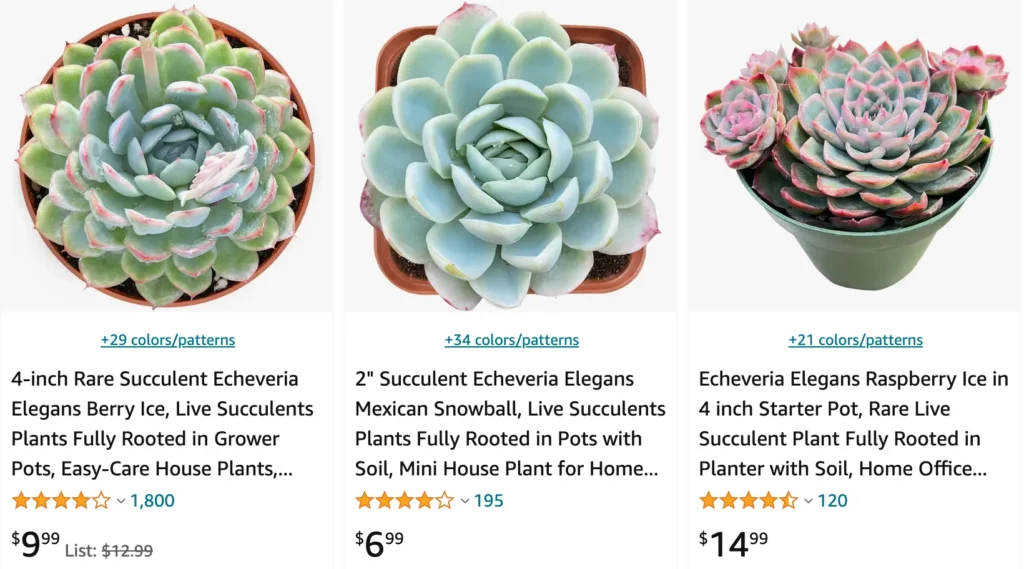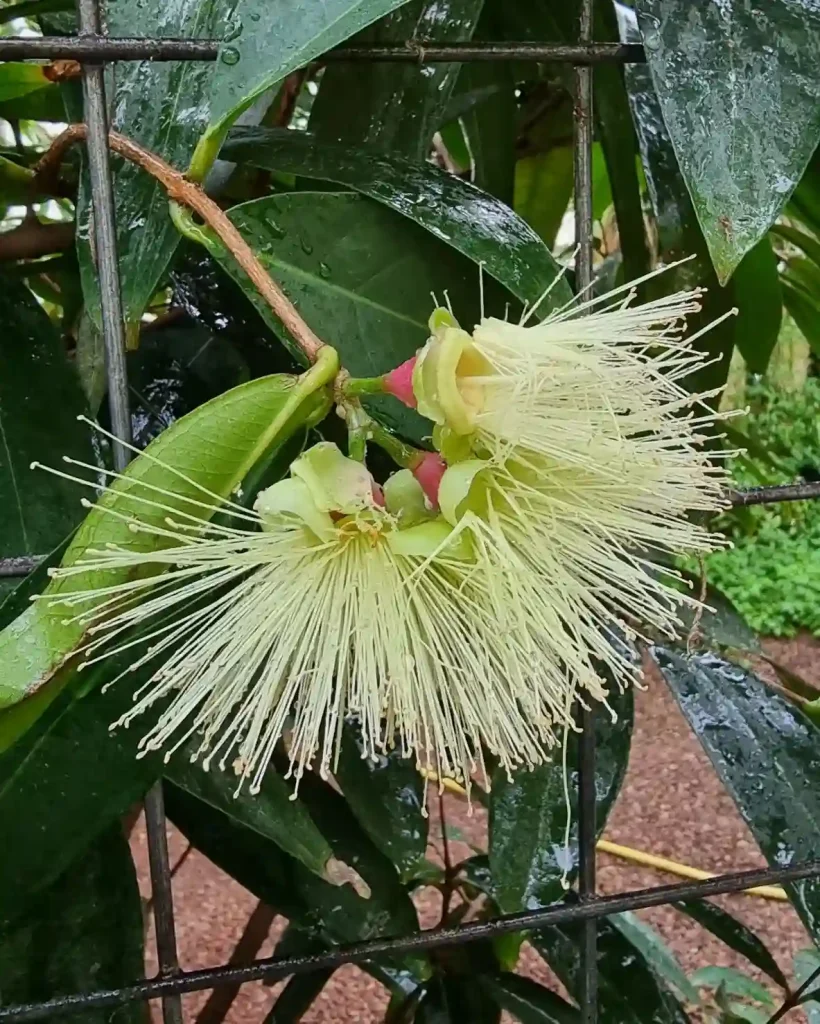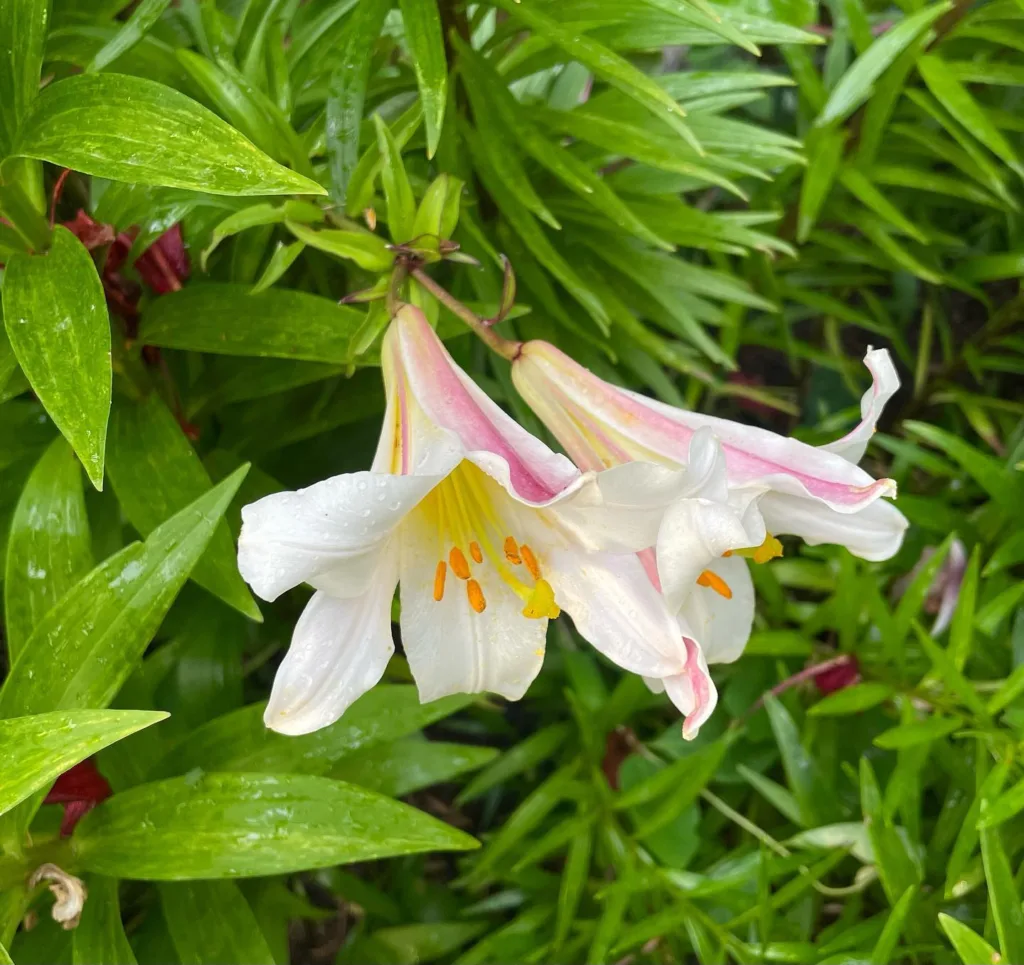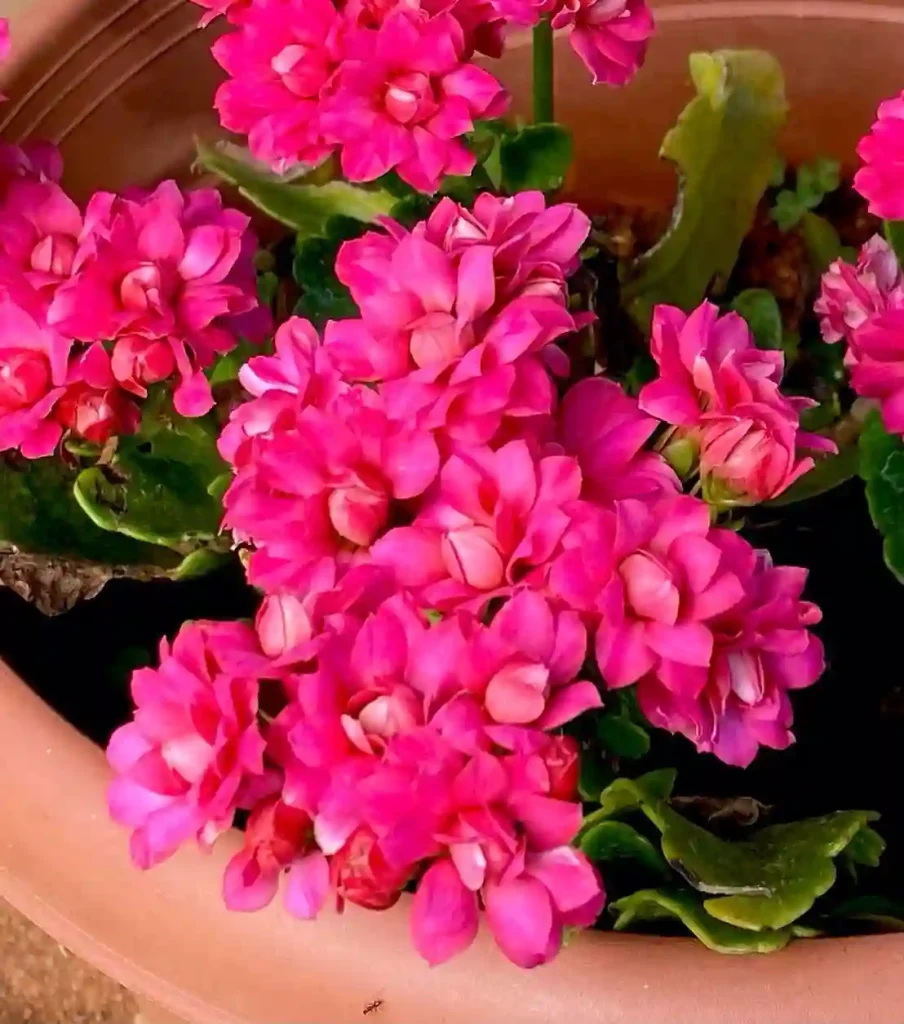
Is Echeveria elegans a succulent?
Yes, Echeveria elegans is indeed a succulent. Its fleshy, evergreen leaves and rosette shape are classic characteristics of succulent plants. I find succulents fascinating not only for their unique appearance but also for their resilience and adaptability. They’ve become a staple in my indoor garden, adding beauty and character while requiring minimal maintenance.
202 Species in Genus Echeveria
How to care for Echeveria elegans?
Caring for Echeveria elegans has been a rewarding journey for me. I’ve found that they thrive in bright, indirect sunlight and well-draining soil. I make sure not to overwater them, allowing the soil to dry out completely between waterings. During the growing season, usually spring and summer, I give them a diluted succulent fertilizer every few weeks to support healthy growth. Regularly checking for pests like mealybugs or spider mites is crucial, as they can harm the plant if left unchecked. Overall, providing the right environment and minimal intervention has led to beautiful, healthy Echeveria elegans in my care.
How to propagate Echeveria elegans?
Propagation of Echeveria elegans has been an exciting process for me. I’ve had success with both leaf and stem cuttings. When taking leaf cuttings, I make sure to let them callus over for a few days before placing them on top of well-draining soil. For stem cuttings, I let them dry out for a day or two before planting them in the soil. Keeping the soil lightly moist during the propagation process has helped promote root development. It’s incredibly rewarding to see new plants emerge from these cuttings, continuing the cycle of growth and renewal.
Are Echeveria elegans poisonous to cats?
When it comes to pets, I always prioritize their safety. I’ve done some research and found that Echeveria elegans can be toxic to cats if ingested. While my feline friends usually don’t show much interest in my plants, I take precautions by keeping them out of reach, especially since curiosity can sometimes get the better of them. It’s essential to create a safe environment for both my plants and my pets, so I err on the side of caution when it comes to potentially harmful species.
Does Echeveria elegans grow in the shade?
In my experience, Echeveria elegans prefers bright, indirect sunlight to thrive. While they can tolerate some shade, too much shade can lead to etiolation, where the plant stretches out in search of light. To maintain their compact, rosette shape and vibrant colors, I place them in a location where they receive plenty of natural light throughout the day. Finding the right balance of light is key to keeping them healthy and happy in my indoor garden.
How often to water Echeveria elegans?
Watering Echeveria elegans has been a bit of trial and error for me. I’ve learned that they’re drought-tolerant succulents, so I err on the side of underwatering rather than overwatering. During the growing season, I water them thoroughly but infrequently, allowing the soil to dry out completely between waterings. In the winter months when they’re dormant, I water them even less frequently to prevent root rot. Observing the condition of the soil and the appearance of the leaves helps me gauge when it’s time to water, ensuring that I don’t inadvertently cause harm by overwatering.
How to cut a stalky Echeveria elegans?
Pruning a stalky Echeveria elegans can be a bit intimidating at first, but with some care, it’s relatively straightforward. I prefer using clean, sharp scissors or pruning shears to make clean cuts just above a leaf node. This encourages new growth and helps maintain the plant’s shape and appearance. Removing any dead or damaged leaves also helps improve the overall health and aesthetics of the plant. Taking my time and being mindful of where I make cuts has helped me successfully prune my Echeveria elegans without causing stress or damage.
Is Echeveria elegans toxic to rabbits?
In my research about Echeveria elegans and its toxicity to pets, I found that while it may not be specifically toxic to rabbits, it’s always best to err on the side of caution. Rabbits are known to nibble on plants, and since Echeveria elegans can cause gastrointestinal upset if ingested by cats, it’s possible it could have similar effects on rabbits. To ensure the safety of my furry friends, I keep my Echeveria elegans out of their reach and provide plenty of rabbit-safe alternatives for them to munch on.
If i die, water my plants!



